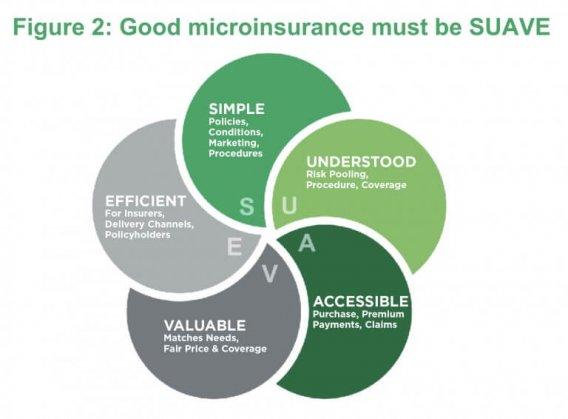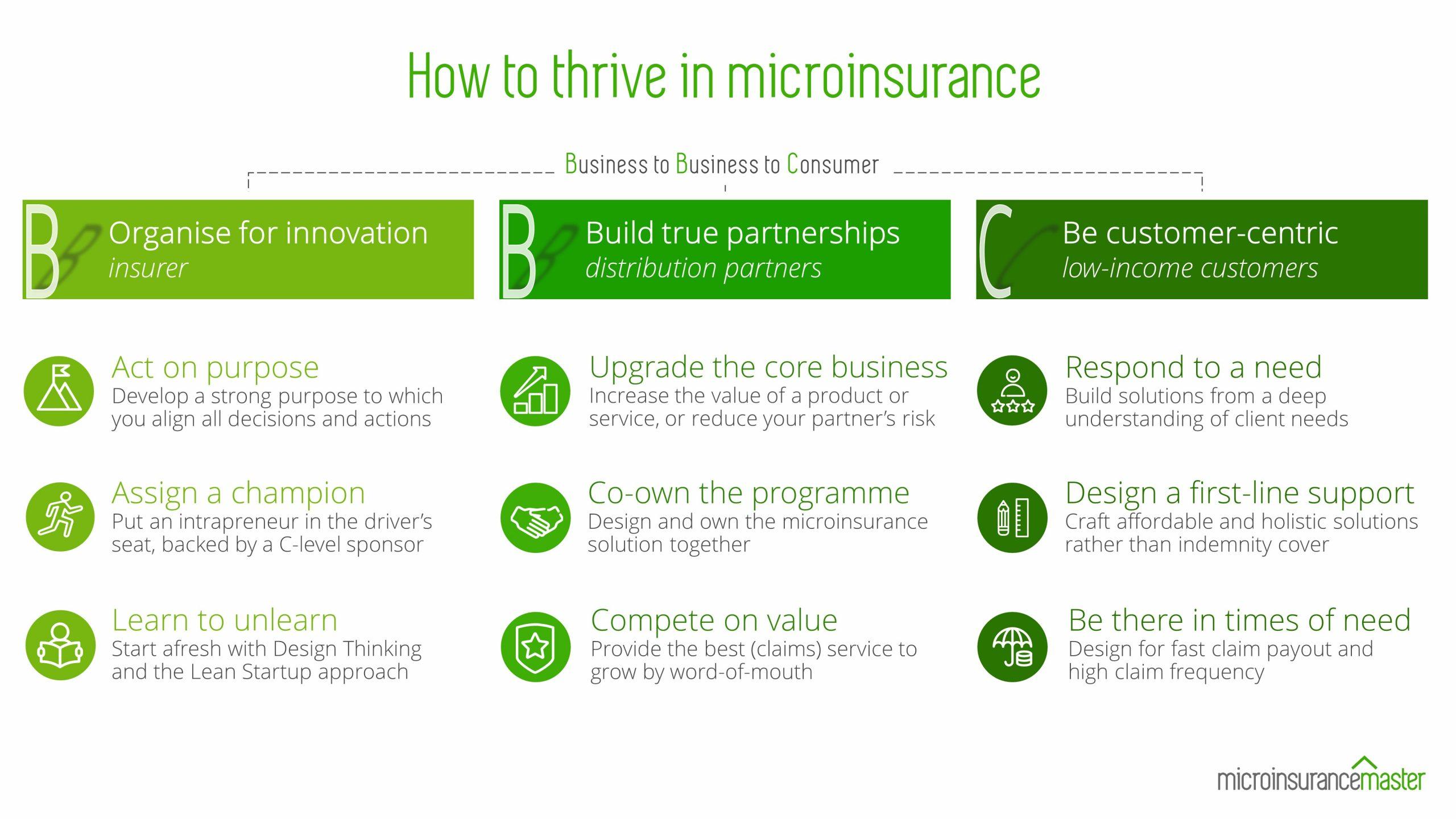In a world where financial security is increasingly crucial yet often out of reach for many, microinsurance has emerged as a vital solution for underserved communities. While traditional insurance products can be too costly or complicated for low-income individuals, microinsurance aims to bridge this gap by providing affordable and accessible coverage tailored to their needs. This comprehensive guide will delve into the intricacies of microinsurance—what it is, how it works, and the benefits it offers. Whether you’re a policyholder, a potential provider, or simply curious about this innovative financial tool, join us as we explore the nuances of microinsurance and its potential to empower vulnerable populations worldwide.
Table of Contents
- Understanding the Basics of Microinsurance and Its Importance
- Key Features and Benefits of Microinsurance Products
- Navigating the Challenges: Common Pitfalls and Solutions
- How to Choose the Right Microinsurance Plan for Your Needs
- Future Outlook
Understanding the Basics of Microinsurance and Its Importance

Microinsurance is a type of insurance designed specifically for low-income individuals or communities who typically lack access to conventional insurance products. It serves to protect vulnerable populations against unforeseen risks such as illness, accidents, or natural disasters. The key features that set microinsurance apart include low premiums, simplified enrollment processes, and tailored coverage options that reflect the unique needs of underserved communities. By emphasizing accessibility, microinsurance enables individuals to manage risks more effectively, helping them to avoid falling deeper into poverty during challenging times.
The importance of microinsurance extends beyond mere financial protection; it plays a pivotal role in fostering economic resilience and promoting social development. Consider the following benefits of microinsurance:
- Empowerment: It empowers individuals to take proactive steps towards safeguarding their livelihood.
- Stability: Provides a safety net that can mitigate the economic impacts of sudden health issues or disasters.
- Community Growth: Encourages community support systems by pooling risks and resources.
| Aspect | Description |
|---|---|
| Target Audience | Low-income individuals and families |
| Premiums | Affordably priced to ensure accessibility |
| Coverage Types | Health, life, natural disasters, and more |
| Application Process | Simplified to encourage participation |
Key Features and Benefits of Microinsurance Products

Microinsurance products stand out for their tailored design and accessibility, catering specifically to low-income individuals who often lack coverage from traditional insurance. Affordable premiums make these products feasible for the target demographic, allowing them access to essential services without causing financial strain. Key features include flexible coverage options, enabling policyholders to select plans that align with their distinct needs, and simple claims processes that streamline access to benefits. Unlike standard insurance, microinsurance typically involves less bureaucratic red tape, ensuring that payouts are not only efficient but also timely, which is critical in times of emergency.
The benefits of microinsurance extend beyond financial protection; they play a pivotal role in enhancing resilience among vulnerable populations. By promoting risk awareness and encouraging savings, microinsurance fosters a sense of community security. Furthermore, many microinsurance products offer additional services such as health education and risk management training, empowering clients to make informed decisions about their well-being. Ultimately, by addressing the unique challenges faced by low-income communities, microinsurance contributes significantly to poverty alleviation and socio-economic stability.
Navigating the Challenges: Common Pitfalls and Solutions
In the realm of microinsurance, numerous challenges can hinder the effectiveness of programs intended to protect low-income individuals. One of the most common pitfalls is the lack of understanding among potential clients about the products being offered. Many people may not comprehend the terms, benefits, and limitations of microinsurance, leading to misconceptions that discourage enrollment. To tackle this issue, providers should prioritize educational initiatives, employing local communities to facilitate discussions and workshops that turn complex insurance concepts into relatable experiences. Additionally, leveraging infographics and visual aids can simplify information, making it more accessible to various audiences.
Another significant challenge is the inadequate distribution networks that fail to reach underserved communities. Without proper channels, many potential beneficiaries remain unaware of their options. As a solution, microinsurance providers can collaborate with existing local businesses or community organizations that already have established trust and rapport with these populations. Additionally, integration with digital platforms can enhance visibility and accessibility. For example, leveraging mobile technology facilitates easier communication and the processing of claims, which can greatly improve client satisfaction and engagement.
How to Choose the Right Microinsurance Plan for Your Needs
Choosing the right microinsurance plan requires careful consideration of your individual needs and circumstances. Start by clearly identifying what you want to protect, whether it’s health, life, crops, or livestock. Evaluating your risks and understanding your financial situation will help you select a plan that not only fits your budget but also covers what matters most to you. Ask yourself the following questions:
- What specific risks do I face?
- How much can I afford in premiums?
- What level of coverage do I require?
- Are there any additional benefits included?
Once you’ve clarified your needs, research various microinsurance providers. Compare their offerings and check their reputation in the market. Look for policies that are transparent, with clear terms and conditions. Consider these factors when making your comparisons:
| Provider | Coverage Type | Premium Cost | Claim Process |
|---|---|---|---|
| Provider A | Health | $10/month | Online Submission |
| Provider B | Crops | $15/month | Mobile App |
| Provider C | Life | $20/month | Email Submission |
Future Outlook
As we wrap up our exploration of microinsurance, it’s clear that this innovative financial solution holds significant potential for individuals and communities facing economic challenges. By providing affordable and accessible coverage, microinsurance can act as a safety net, helping to mitigate risks and promote financial stability.
Throughout this guide, we’ve covered the fundamentals of microinsurance, including its key features, benefits, and the various types available. Whether you’re an entrepreneur looking to protect your small business or an individual seeking security for your family, understanding microinsurance empowers you to make informed decisions about your financial future.
As the landscape of microinsurance continues to evolve, it’s crucial to stay informed about the latest trends and developments. This knowledge will not only help you maximize the benefits of microinsurance but also contribute to the broader goal of financial inclusion worldwide.
We hope this comprehensive guide has provided you with valuable insights and encourages you to explore the opportunities that microinsurance presents. Should you have any questions or need further information, feel free to reach out or leave a comment below. Together, we can work towards making financial protection accessible to all. Thank you for reading!



